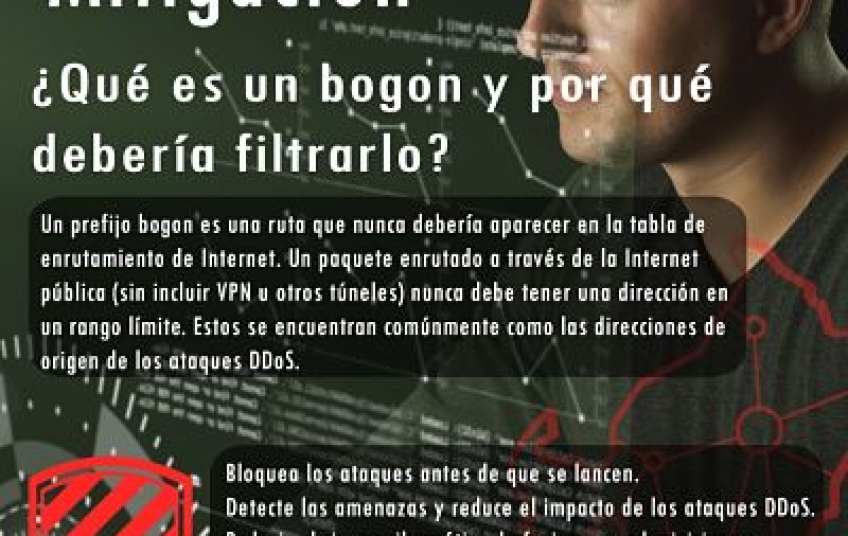We present you a threat monitoring system! for Internet Service Providers and Server Hosting Partners with Us! CURRENTLY FREE OF CHARGE.
Reduce the impact of DDoS attacks.
Reduce the impact of attacks quickly through our global system. You can stop attack traffic closer to the source, reducing the impact on your own network and all networks in between.
Mitigate DDoS attacks, large and small, by leveraging an existing network of cooperating BGP speakers to distribute and block BGP ad-based traffic from cooperating peers. ISPs, hosting providers, and educational institutions can automatically distribute BGP-based filtering rules, which we verify, from victims to partner networks.
It is similar to remotely activated black holes (RTBH). There are circumstances when using nullrouting, RTBH, or UTRS is not the appropriate solution. For many networks, large attacks can be crippling, and a solution that keeps most of the network up and running while eliminating the attack target (which may be idle and unresponsive) is an appropriate business tradeoff that makes sense.
What is a bogon and why should you filter it?
A bogon prefix is a route that should never appear in the Internet routing table. A packet routed through the public Internet (not including VPN or other tunnels) should never have an address in a boundary range. These are commonly found as the source addresses of DDoS attacks.
The Bogons: Bogons are defined as Martians (private and reserved addresses defined by RFC 1918, RFC 5735, and RFC 6598) and network blocks that have not been assigned to a Regional Internet Registry (RIR) by the Internet Assigned Numbers Authority.
Fullbogons: The Bogons list above reflects only the unassigned, reserved, and special designated IPv4 address ranges. When the IANA allocates address space to RIRs, it is often subdivided before allocating it to specific networks. Our traditional bogons do not include ranks not assigned by RIRs. More importantly, our traditional bogons project predates the widespread adoption of IPv6 and does not include IPv6 addresses.
Enter with the Bogons!
Fullbogons begin with the traditional prefixes of bogon. Then we add the IP space allocated to RIRs, but not yet allocated by them to ISPs or other end users. This provides a much more granular and enumerative view of IP space that shouldn't appear on the internet.
Fullbogons are available for both IPv4 and IPv6. Due to the fragmented nature of IP assignments and allocations, the fullbogons feed is much larger than the traditional bogon feed.
How much does it help to filter bogones?
Team Cymru CEO Rob Thomas studied a frequently attacked website to discover that 60% of defective packages were obvious bogons (eg 127.1.2.3, 0.5.4.3, etc.). Your mileage may vary and you can choose to filter more conservatively or more liberally. As always, you must KNOW YOUR NETWORK to understand the effects of such filtering.
Bogon filtering is a component of anti-spoofing filtering. Internet security includes the obligation to be a good steward of those resources under our care. If a large network is insecure, it will be used to abuse other networks.
The Bogon and Full Bogon lists are not static
Bogon lists change frequently. If you filter bogons, make sure you have a plan to keep your filters up to date. If you don't, you may be filtering out legitimate traffic. This can create additional work for network administrators around the world. This is especially true for the fullbogons list, which has significant changes every day.
What do we need from you to run your session?
-
Names and surnames
-
Email (must be the email in your WHOIS record)
-
Company name (can match ASN)
-
Your workplace
-
ASN (optional)
-
The IPv4 and / or IPv6 address you are requesting that we pair with (must be a unique IPv4 and / or IPv6 address)





